GEAR! If you’re like most VO talent, that one phrase easily grabbed your attention. What is it about “gear” (and talk of gear) do we love so much? For those of us that remember editing and splicing audio tape, we have seen a pretty big arc in terms of the evolution of recording.
For established VO pro’s, we know what works for us and don’t often need to make changes. However, times (and tech) change. So, when something new hits the market, who do we call for advice and guidance on gear and setup? For many, it’s George “The Tech” Whittam.
George has been on the scene and advising new and established talent for years. He’s helped some of the top talent and producers in our industry to get their studio “just right”. He’s worked with a constellation of setups, spaces and talent/workflow considerations.
In this edition of Preston’s Questions, I sit down with GTT (my 90’s self wants to say “…yeah, you know me!” each time I say that) 😉 Whether you are just now exploring your recording rig, or you’re an established pro curious about what’s new, take a moment and plug in to some GTT wisdom.
- MP: Hey George, thanks for checking in today for a quick “chat”. Let’s go back to the beginning, back before you dove into the deep end of studio design, gear and miles of wiring. How did you go from “George”, to George “The Tech”? (Or, were your parents’ vocation prediction capabilities so good, that they just etched that right onto your birth certificate?)
GTT: This could get awfully long, so I’ll try to give you the CliffsNotes version. My dad always loved technology and was in the Navy as a sonar technician on an aircraft carrier. Not long after my dad became interested and active and amateur radio, obviously a very technical field. But he was also an amateur musician. That combination of interests definitely lent to my introduction very early on to recording equipment and music. My background while primarily in music, became highly focused into the technology of recording music while studying at Virginia Tech. Through a series of different iterations of my business which ranged from recording live music, and installing sound systems in fitness Studios, to live broadcast and production sound mixing, audio technology definitely became part of my daily life. I relocated myself to Los Angeles in 2004 and through a series of fortunate connections I ended up working with a top promo and trailer voice actor who connected me to his management company. That created a new client base for me, and after connecting enough dots I ended up in the studio of Don LaFontaine. It was after working with him for a few months that I realized I needed to drop everything else and focus 100% on the technology of voice over recording. A few company name changes and a 4 year stint with another company later, I became officially George The Tech in August 2017. MP: As a coach, one of the first things that new students bring up is the topic of “gear”. Please help some of the newer talent, and share some essential initial gear considerations. What things should talent consider before whipping out their credit card on a retailer’s website?
GTT: Definitely make sure you’re prepared to make an investment, and include more than just the microphone in that budget. Your budget should include the microphone, an audio interface, a decent pair of studio monitor headphones, recording software, a reliable computer that won’t make noise if it’s located in your recording space, and training to get yourself up to speed with using all of this stuff. But I didn’t mention the most important aspect, and that is a quiet place to record! Quiet is very expensive so you want to find the most economical way to find quiet you can. After that, tuning the space acoustically to sound great is not hard with the right advice and the right materials. You might be shocked how well just a small closet with a lot of clothing can actually sound! If you already have a computer that is made in the last five or six years that runs well, you should not need to spend more than $1,000 on all of the above.MP: Let’s expand on this a bit. What are some of the essential components for that first recording rig? Please touch on the aspect of “quality” over “inexpensive” gear.
GTT: Naturally, everybody focuses and sometimes hyper focuses on the microphone choice. Honestly, almost any large diaphragm condenser microphone made by a reputable company will get good sounding audio. Brands like Audio-Technica, MXL, AKG, BLUE and Rode I’ll make excellent sounding microphones that will get you started and carry you on through for quite a few years for well under $300.There are of course some incredible Bargains to be found nowadays, thanks to production in China, but many of those mics are very inconsistent in quality. Stick with the major brands, and buy them from a reputable dealer he will provide support and a warranty.Get a nice and simple audio interface, Usual Suspects are focusrite Scarlett solo and the Steinberg ur12. Both $100 or less, they sound great, and are simple to operate. Again, there may be cheaper options available, but these are the least expensive I can recommend that still provide the quality necessary for this business.
Recording software opinions vary widely, but consider whatever software you use and how you’re going to get support. Audacity, while free and quite feature-rich, has no support included because there are no customer support hotlines you can call. On the other hand, Adobe Audition has included support for the life of your Creative Cloud license which can be incredibly helpful. If you’re lucky enough to use a Mac, then twistedwave is my absolute no-brainer go to choice.It’s really reliable, very simple to learn, fast, and affordable. You’ll never have to re-buy a license when they make upgrades.I am using the same $80 license I purchased in 2008!
MP: Let’s talk “sound isolation”. When it comes to sound booths, acoustic room treatment or bespoke construction, what are the best options? Or, should someone just go in their closet with their mic and call it a day?
GTT: As I mentioned before, quiet can be quite expensive. “On demand quiet” can be even more expensive. What I mean by that is if you must wait for a noise to stop to record, that means there are certain types of Voice work sessions you will not be able to do. For the vast majority of you, your job will be mainly to do auditions. You have the flexibility to work around the noise When doing auditions. By far the most common place to find quiet is going to be a closet. While acoustically not the best place to be in, unless it has room for your clothing as well as you, they are usually the most isolated space in your home. It’s important to know that there are no spray-on, staple on, glue on, or hang from a curtain rod solutions that will stop noise from getting into your recording.MP: We VO talent are a tribe of people who have a penchant and affinity for “new toys” in the studio. For those that are intermediate to experienced talent, what are some important considerations regarding upgrades and expanding a studio setup? Help us “gear heads” save a little coin on the unnecessary stuff.
GTT: It’s very important to consider that higher end Equipment comes with a price tag beyond the price of the gear. Often times that means there is a bigger learning curve, there may be more maintenance cost to keep it running, and you may need to pay someone like myself to get the equipment set up for you to get the most out of it. Always ask yourself before you buy some new thing, what is the goal I’m trying to achieve? If it’s simply better sound quality, I highly recommend sending me audio from your current system with my Sound Check service at Georgethetech.Com to avoid wasting potentially a lot of money to solve a problem which may actually be an acoustics issue and not a mic or preamp issue. If it’s features, make sure those new features don’t create new headaches for you. If it’s using a preamp or mic with tubes, keep in mind those tubes wear out and sometimes can cause Gremlins that are hard to chase down.MP: A voiceover talent’s recording setup is one of the most important investments they’ll make. Naturally, we want our gear to consistently function as best it can. Share some of your tips for how best to care for, and prevent unnecessary wear and tear on gear such as microphones, monitors and rack mounted components.
GTT: Honestly, just trying to keep dust and spit off your gear is probably the best thing you can do. Any gear that is in the studio and collects dust will cause you a problem in the long run. Keep a cloth over your mixer or interface to keep dust from settling into it. You can keep a cloth or a sack over your microphone to keep dust from settling on the capsule inside. While a pop screen is not necessary if you know how to use your mic, it’s still not a bad idea if you’re doing character voices where you become very animated and occasionally spray something from your mouth onto your mic! Keep your computer clean and organized as well. Don’t keep every single file on the desktop, and keep it backed up. If you aren’t backing up your computer, then you’re one of the lucky ones who hasn’t actually lost their data yet. Use a cloud backup like Dropbox or Backblaze, that’s the best way to guarantee your files are safe if the worst thing happens to your home…
MP: You’ve been around and “techin’” it for a long while now. What are some of the most profound changes (for voiceover talent) that you’ve seen over the years when it comes to gear and recording setups.
GTT: I’d have to say it’s that we can get so much better sound quality for so little nowadays. We definitely needed to have some rack-mounted outboard equipment, namely a very high quality mic preamp, to get good recordings. Those days are certainly behind us. If there’s any one piece of gear that for me has revolutionized the high-end home voice Production Studio it would definitely be the Universal Audio Apollo series of audio interfaces. While definitely overkill for many, it has features and flexibility that make it able to replace several different pieces of equipment in a well-equipped studio. Also, there are products now that are focused on the voice-over business which make it a bit easier for voice actors to find the right Solutions. Technologies like ISDN, while still clinging to life in some aspects of the business, have been replaced with software solutions that can cost as little as nothing to $35/mo to use, depending on what the client requires.MP: Now, let’s jump in our DeLorean and head 5-10 years into the future. How do you see recording gear evolving to meet the needs of VO talent? Moreover, what things do you feel talent need to keep an eye on, so as to keep up with the times?
GTT: I think it feature that is still missing in the audio gear we are using for voice-over recording is the ability for the recording levels to be set automatically. At this time, to my knowledge, there is only one piece of gear available that can do this correctly. Unfortunately, it’s so expensive that it’s not something most voice actors would ever bother exploring, nor is it available in any of the typical music retailers. When automatic recording level setting becomes the norm, it’s going to make voice over recording all that easier for the talent. Another aspect will be the ability to correct for issues with your room Beyond just a little bit too much noise with noise reduction. To be able to correct for bad acoustics with a software plugin will definitely be a huge Revolution. Heck, it could just put me out of a job.
MP: What are some of the best practices/habits for talent to employ each time they crack the mic for a recording session, so that they put their best foot forward and delivery quality audio?
GTT: Be absolutely consistent with how you place your mic and where you stand or sit when addressing the mic. Once you become accustomed to where the mic is located, you’ll be able to easily act and not concentrate so much on the microphone. Use headphones to get your recording level and check your sound quality, and then take them off when you do your takes. Don’t let the headphones Cloud your judgement of how you sound and become a distraction. Set a recording level conservatively when doing character voices. If you record in 24-bit mode, you can set your gain so the peak level is only between -20 and -10 and still get perfectly clean audio. You don’t want to think about your levels while you’re acting, you just want to focus on acting! Have an engineer set up a processing preset that takes your raw recorded audio and makes it sound closer to a final produced audio track. This will make your auditions pop and sound far more competitive. This is also a service I provide at GeorgeTheTech.Com
MP: Regarding your consultations, do you need physically be in someone’s recording space, or can you help someone remotely from L.A.?
GTT: Not at all! The majority of the support I provide is for people outside of Los Angeles, all over the world. Thanks to remote control tools and web meeting technology, we can do this really easily and efficiently. In as little as a half-hour I can quickly transform you are recording sound quality and your workflow. If I’m dialing in your mic processing on the Apollo, I can use the free Source Connect Now to listen to your studio in full quality while controlling your computer via Zoom Web Conference.
MP: Anything new you in your business might want to share with our readers?
GTT: The Tri-Booth! Veteran voice actor and educator Rick Wasserman and I developed a mobile recording booth you can take with you on your travels or just simply set up in your home. It takes up little space in your home, and when traveling fits in a standard suitcase that you can check without paying overweight fees. Definitely give it a look over at TriBooth.Com
Bonus Lightning Round!
Sports fan? Who are you rooting for? I’m a mountain biker and cycling advocate, that’s where I focus my energy. That said my home town is Philadelphia and I went to Virginia Tech. GO HOKIES!
The most epic awesome concert you ever attended? Most recently it would definitely be Jacob Collier. This guy is supernatural.
Was their anyone you’ve worked with (or worked for) that you consider to be a mentor…or who has always given you quality nuggets of wisdom? My earliest mentor in this field was 94 WIP broadcast engineer Lane Massey. Over the years I’ve pulled nuggets of wisdom from countless professionals I couldn’t possibly identify just one influence.
If you weren’t “the tech”, then what would be your gig? I might still be working in Production Sound on films, or possibly working in the cycling industry as a sales rep.
What song, movie or performance inspires you and gives you “the feels”? Jacob Collier’s “Ocean wide, canyon deep” works every time.
What is your definition of a “perfect” Saturday afternoon? Relaxing on the patio at Topanga Creek Outpost, drinking coffee and eating banana bread, while recovering from the morning’s mountain bike ride and chatting with my friends. I try to do this every single Saturday.
Your culinary guilty pleasure? PIZZA, and I’m pretty darn picky about it.
One talent you would give anything to have? I’d love to wake up one morning knowing how to play guitar and bass.
Let’s hop in your DeLorean and go back to when you were sixteen years old. What is the one golden piece of wisdom that you want to share with young George? TAKE CHANCES!! When someone gives you an opportunity, TAKE IT. Don’t fear the failure of your attempts but revel in them, learn from them, and move on to the next thing.
You’re at your favorite restaurant, and you’re sitting at a table with four chairs. Living or not, who would be your top three dream dinner companions? Frank Zappa, Nicola Tesla, and Don LaFontaine.
Besides being a talented provider of rockstar “tech” advice, what else brings you joy?
Spending a lazy Sunday morning or an adventure with my girlfriend.
Helping people at the Bikerowave.org bicycle co-op every Wednesday night.
The perfect mountain bike trail or downhill ski run.
Taking my daughter on a new adventure or teaching her a new skill.
Spending time with my family when I get to see them, which isn’t often since they are still in Pennsylvania.
Sharing ideas and creations with friends.

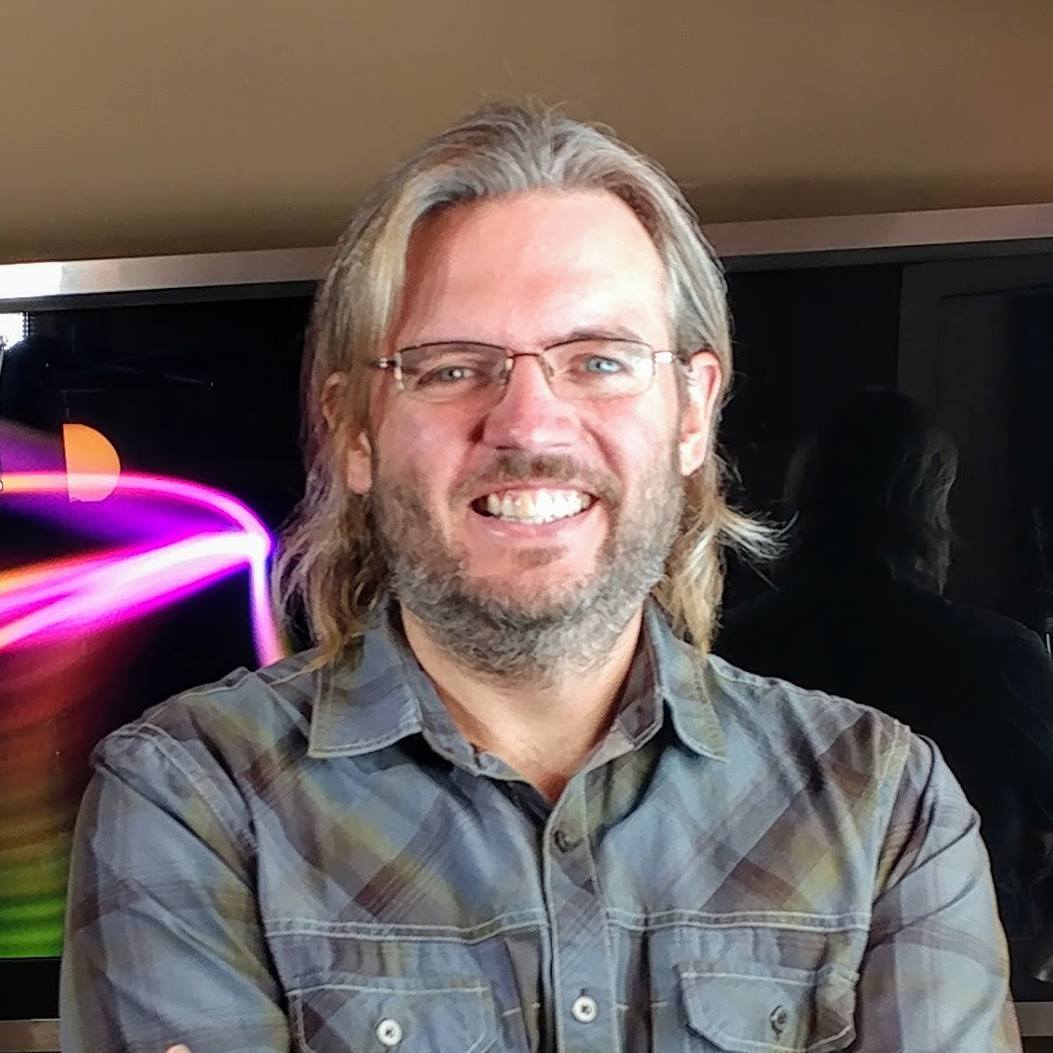
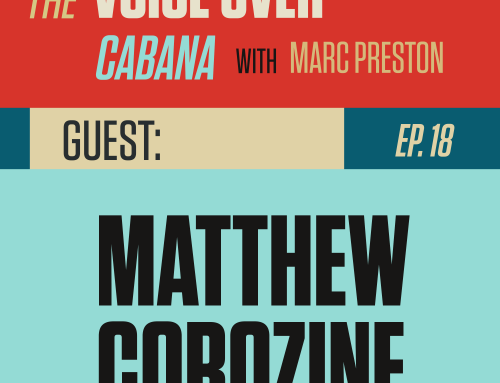
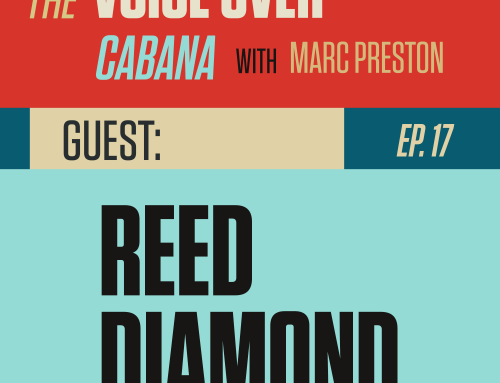
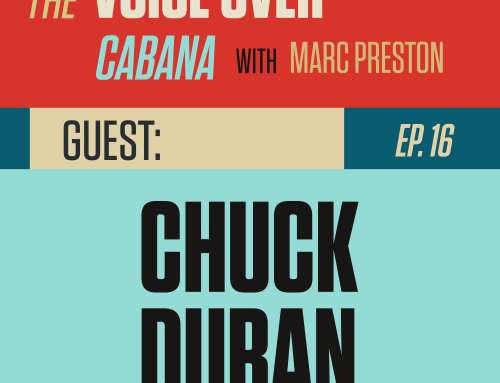

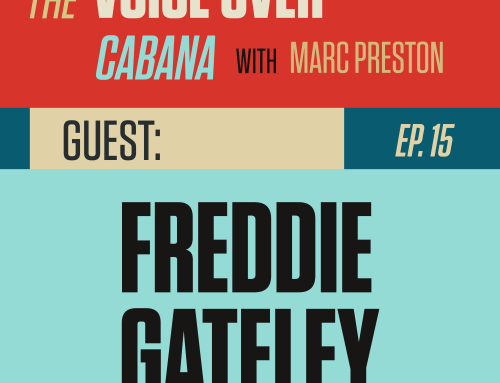
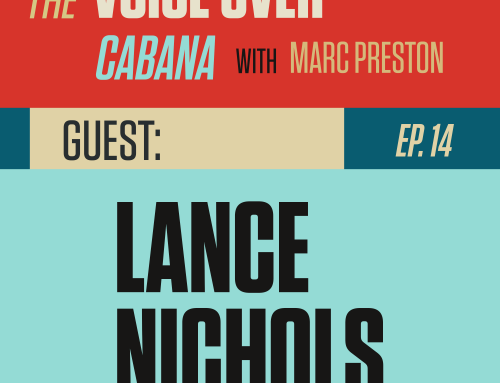
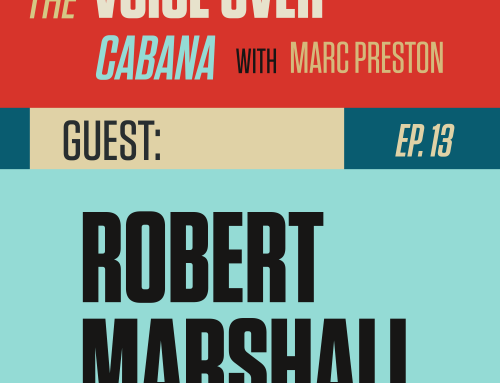
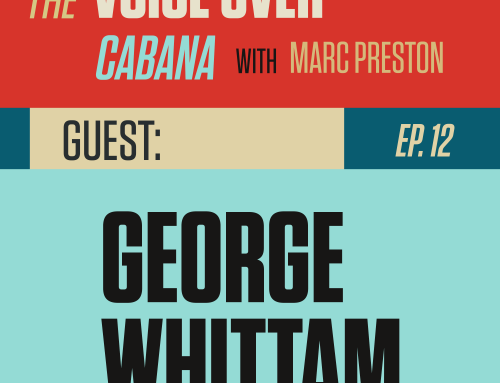
Leave A Comment